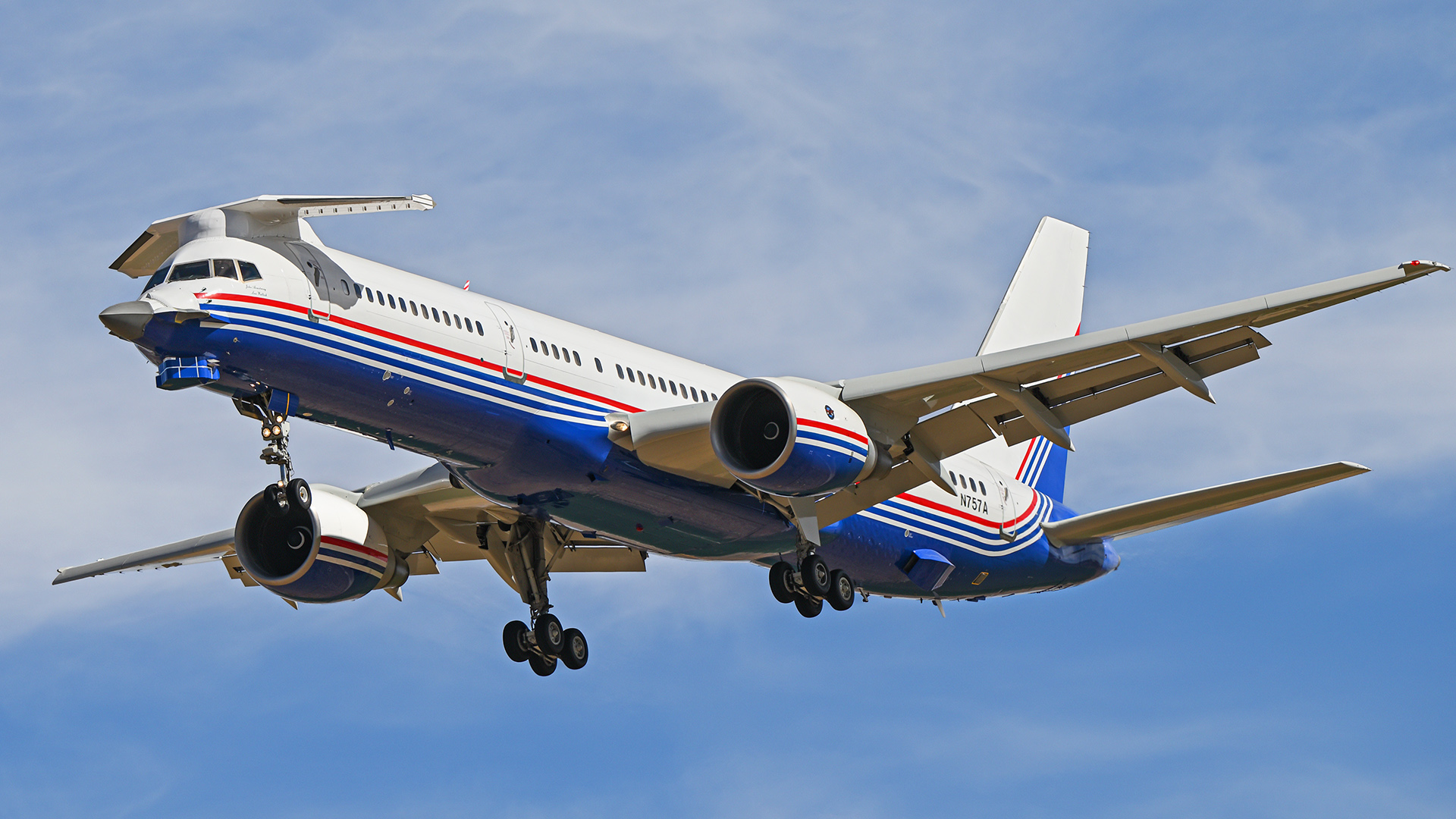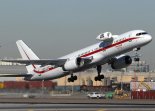In 2006, Boeing began to consider replacing the 737 with a "clean sheet" design that could follow the
Boeing 787 Dreamliner.
[14] In June 2010, executives postponed the decision.
[15] On December 1, 2010, Boeing competitor
Airbus launched the
Airbus A320neo family, which offered better
fuel economy and operating efficiency than the 737, thanks to its engines: the
LEAP from
CFM International and the
PW1000G from
Pratt & Whitney.
[16]
In February 2011, Boeing CEO
Jim McNerney said, "We're going to do a new airplane."
[17] The company had been developing a new aircraft to replace the 737 as part of its
Yellowstone Project.
[18][19] In March 2011, Boeing CFO
James A. Bell told investors that the company might
re-engine the 737, but later that month Boeing Commercial Airplanes President
James Albaugh said that the company was not sure about that.
[20] The Airbus A320neo gathered 667 commitments at the June 2011
Paris Air Show, bringing its order backlog to 1,029 aircraft, an order record for a new commercial airliner.
[21]
On July 20, 2011,
American Airlines, which had long bought only Boeing jets,
[22] announced an order for 460 narrowbody jets including 130
A320ceo (current engine option), 130 A320neo, and 100 737NG. Officials also said they would order 100
re-engined 737s with CFM LEAP if Boeing pursued the project.
[23]
Faced with the record orders for Airbus and the defection of a long-time customer, on August 30, 2011, Boeing's board of directors approved the launch of the re-engined 737, which they said would meet or exceed the range of the Airbus A320neo
[24] while burning 4% less fuel
https://en.wikipedia.org/wiki/Boeing_737_MAX





